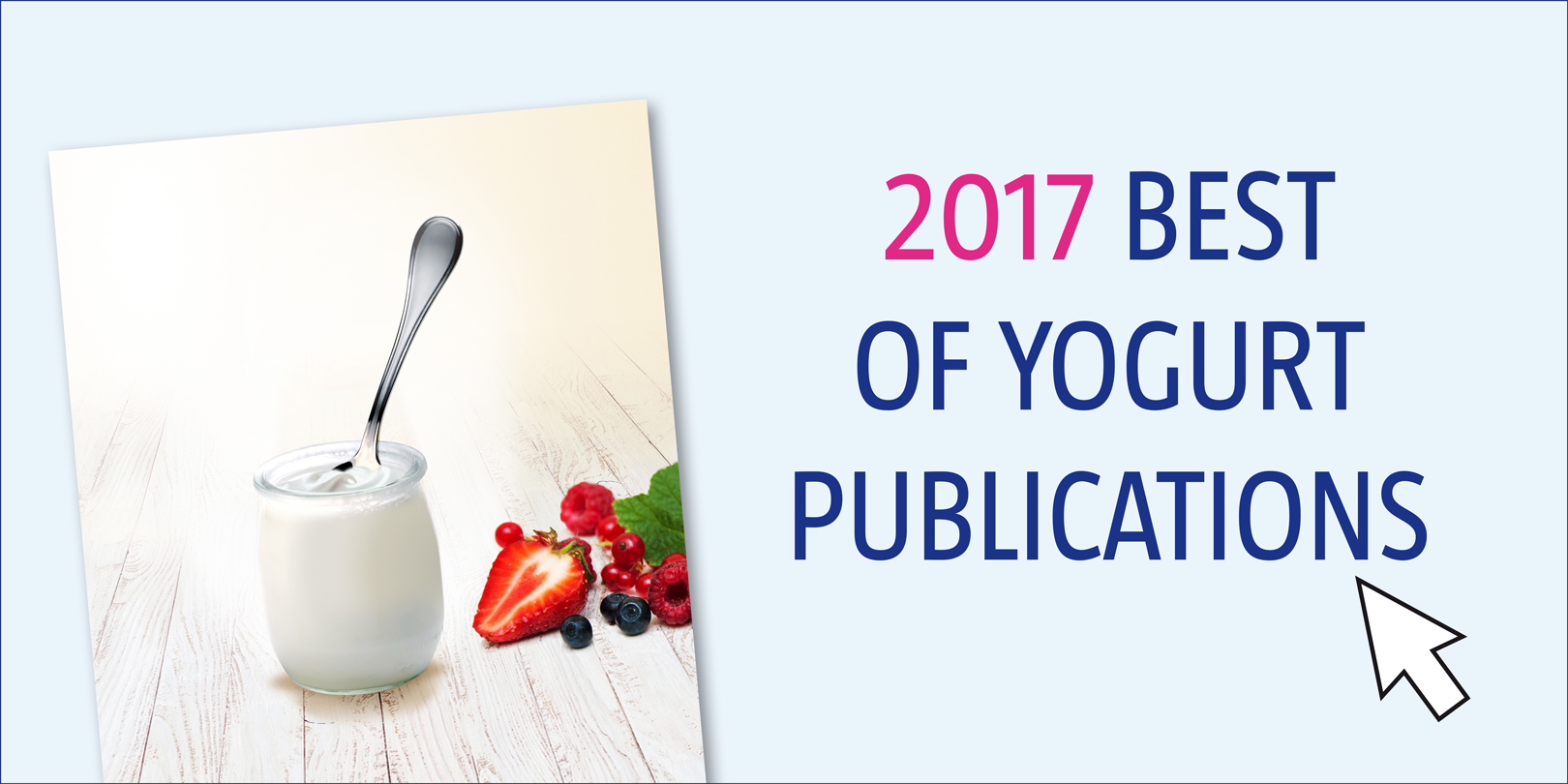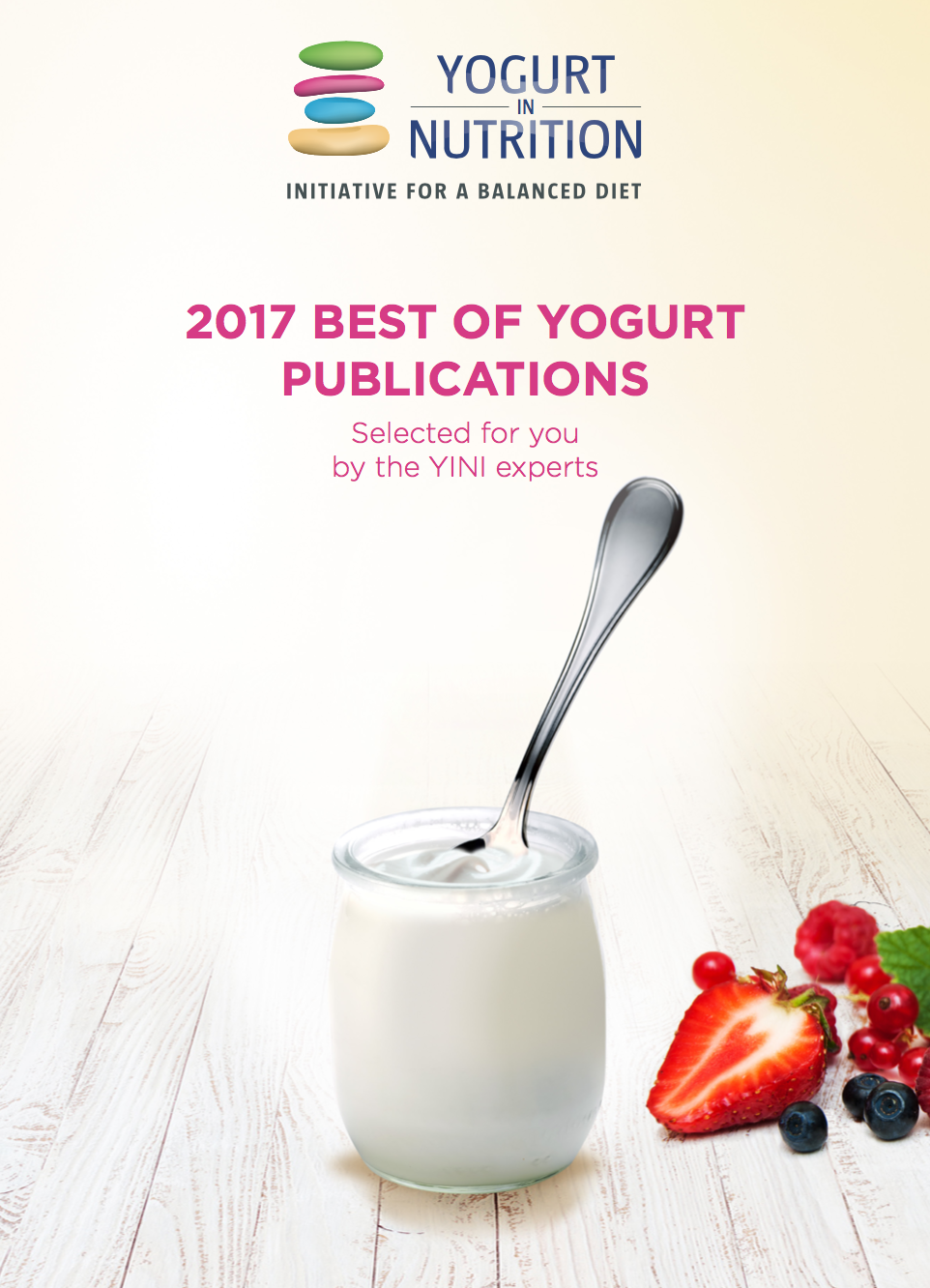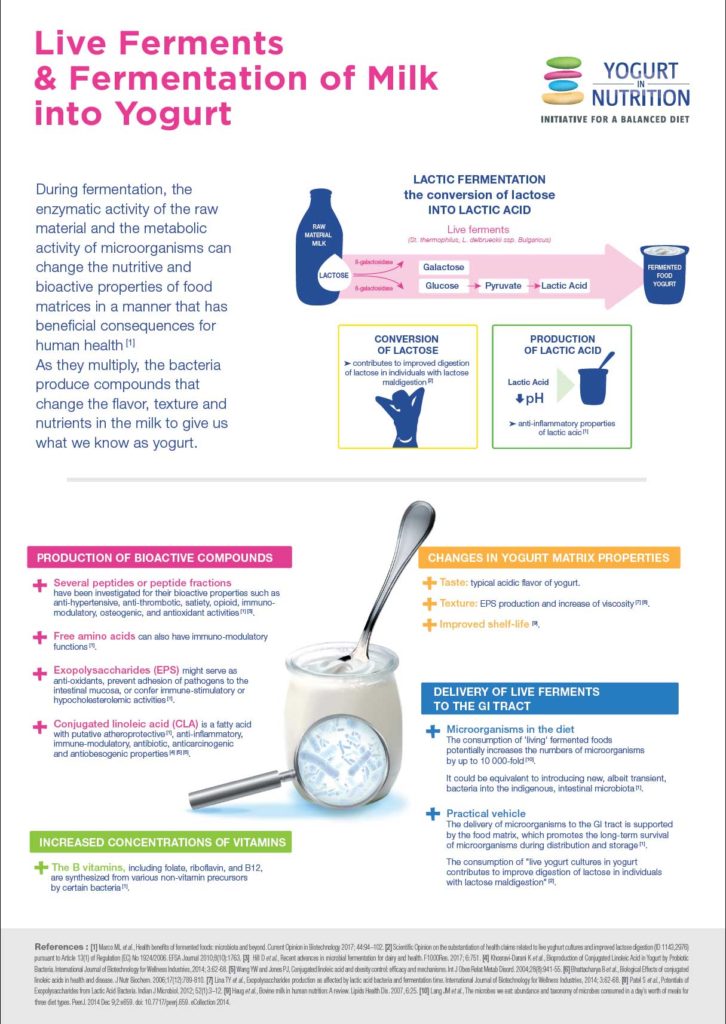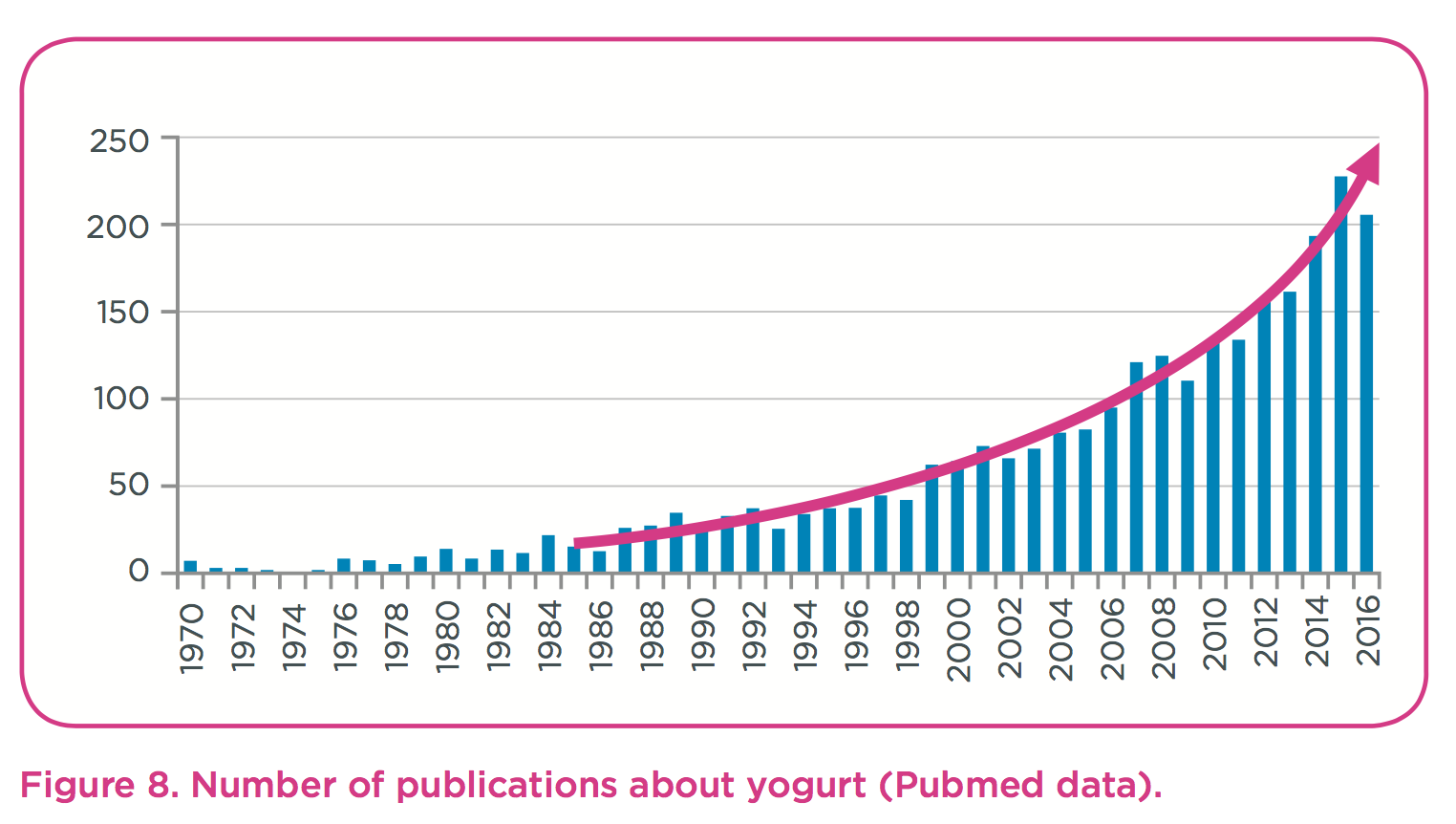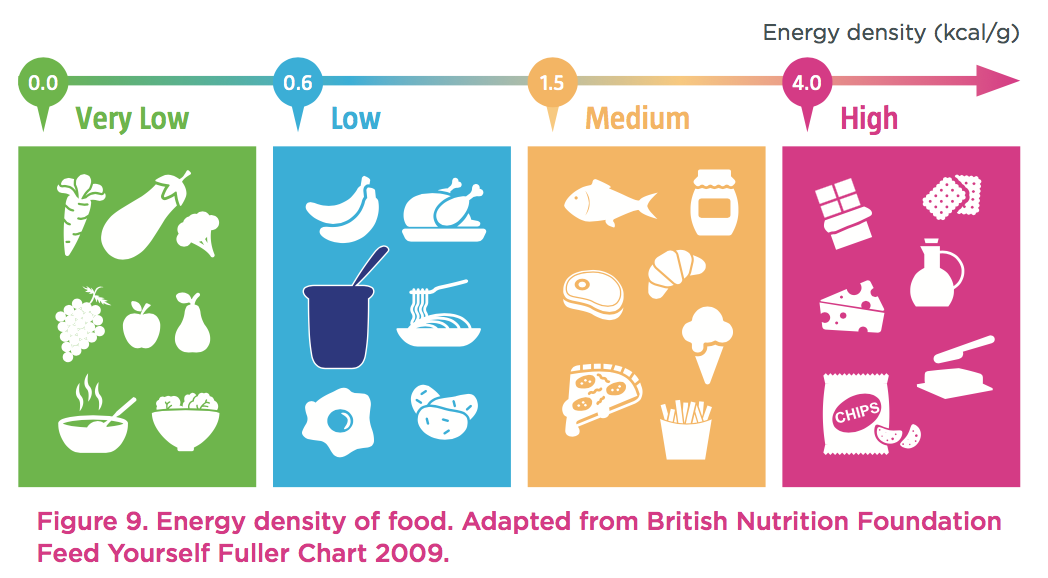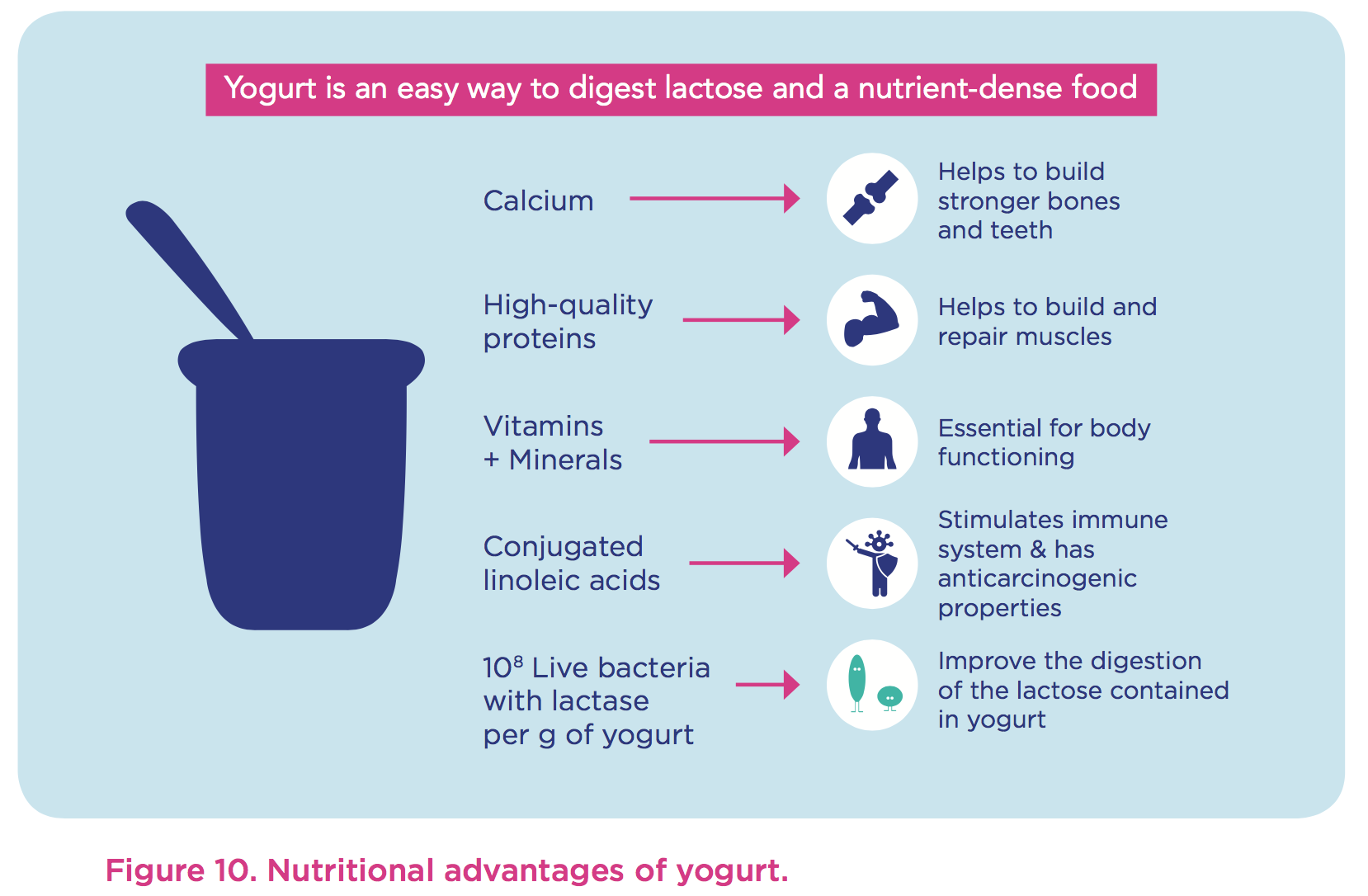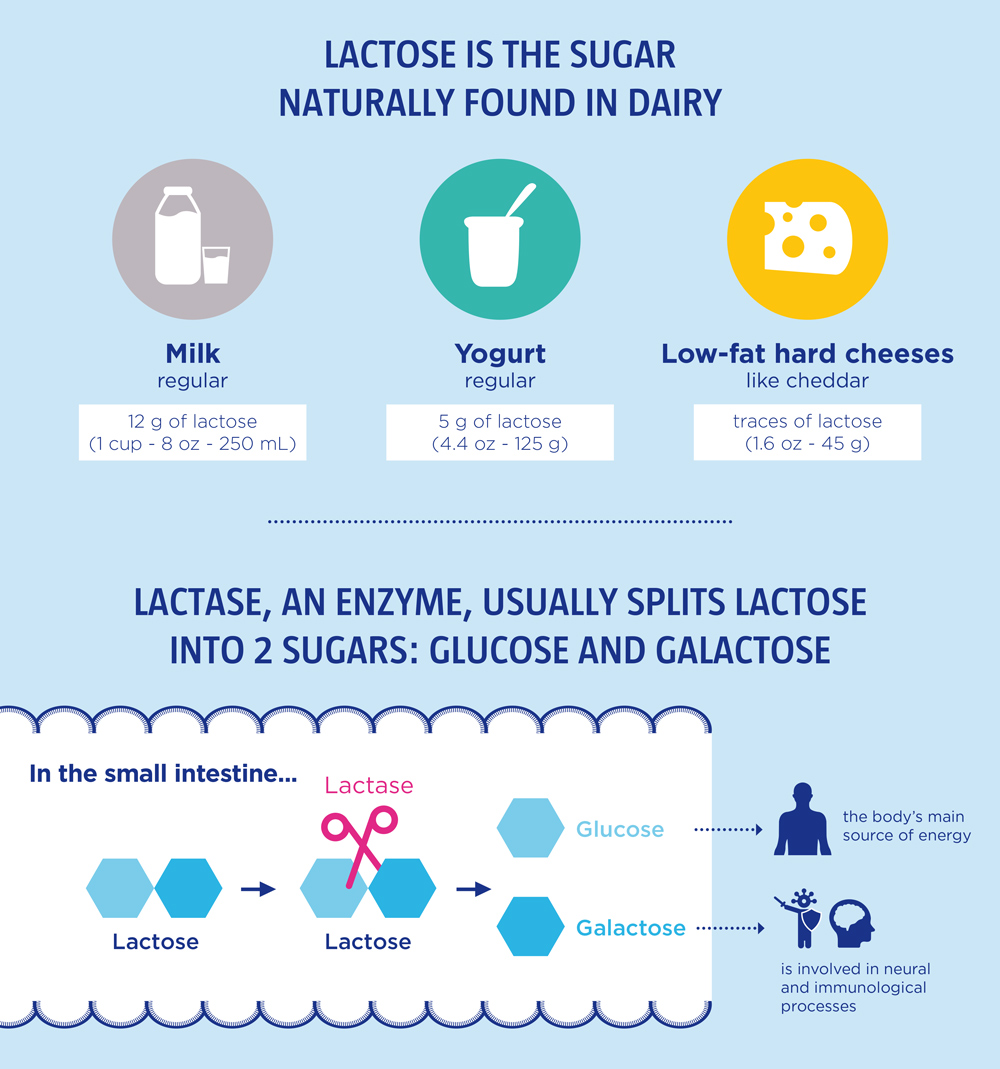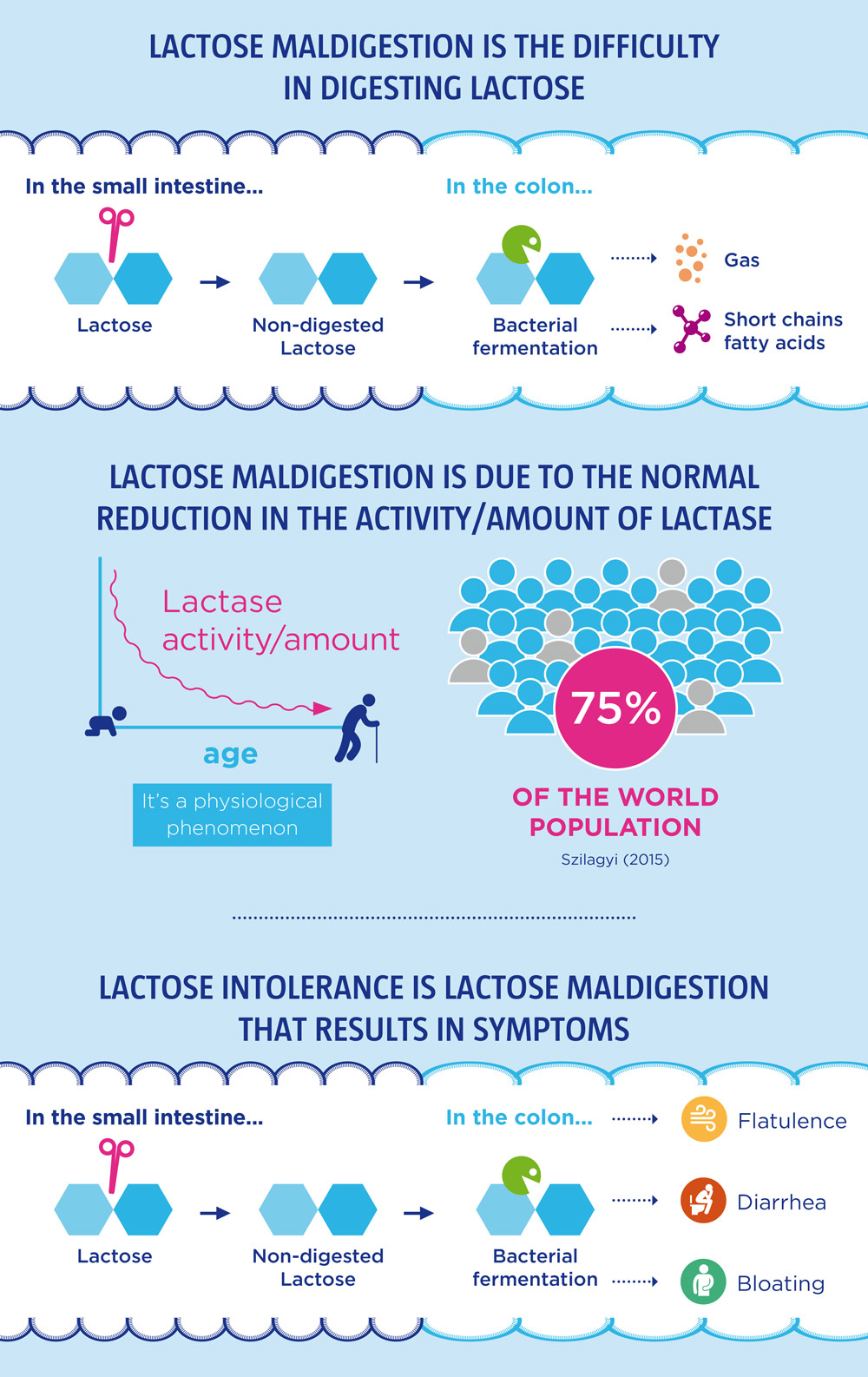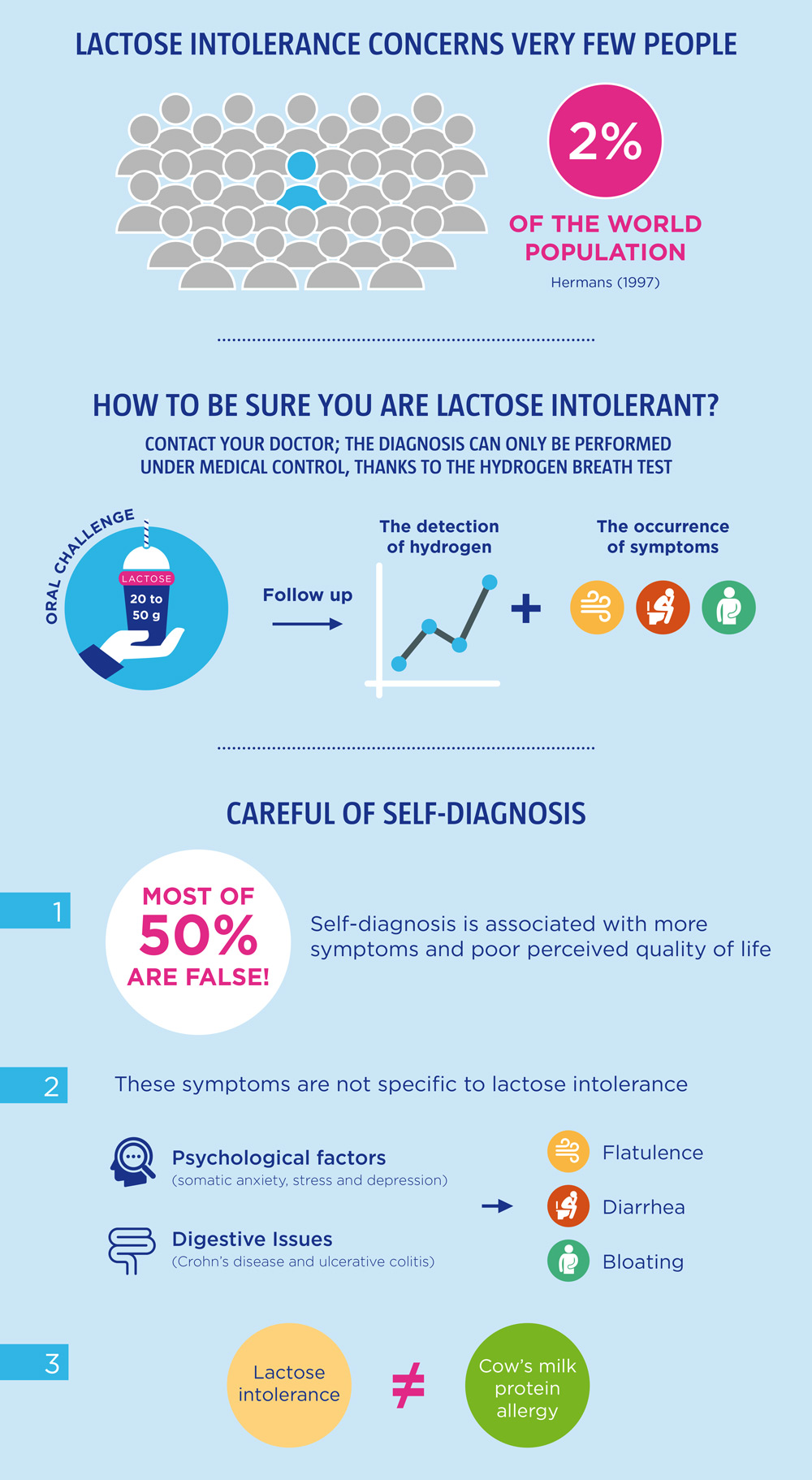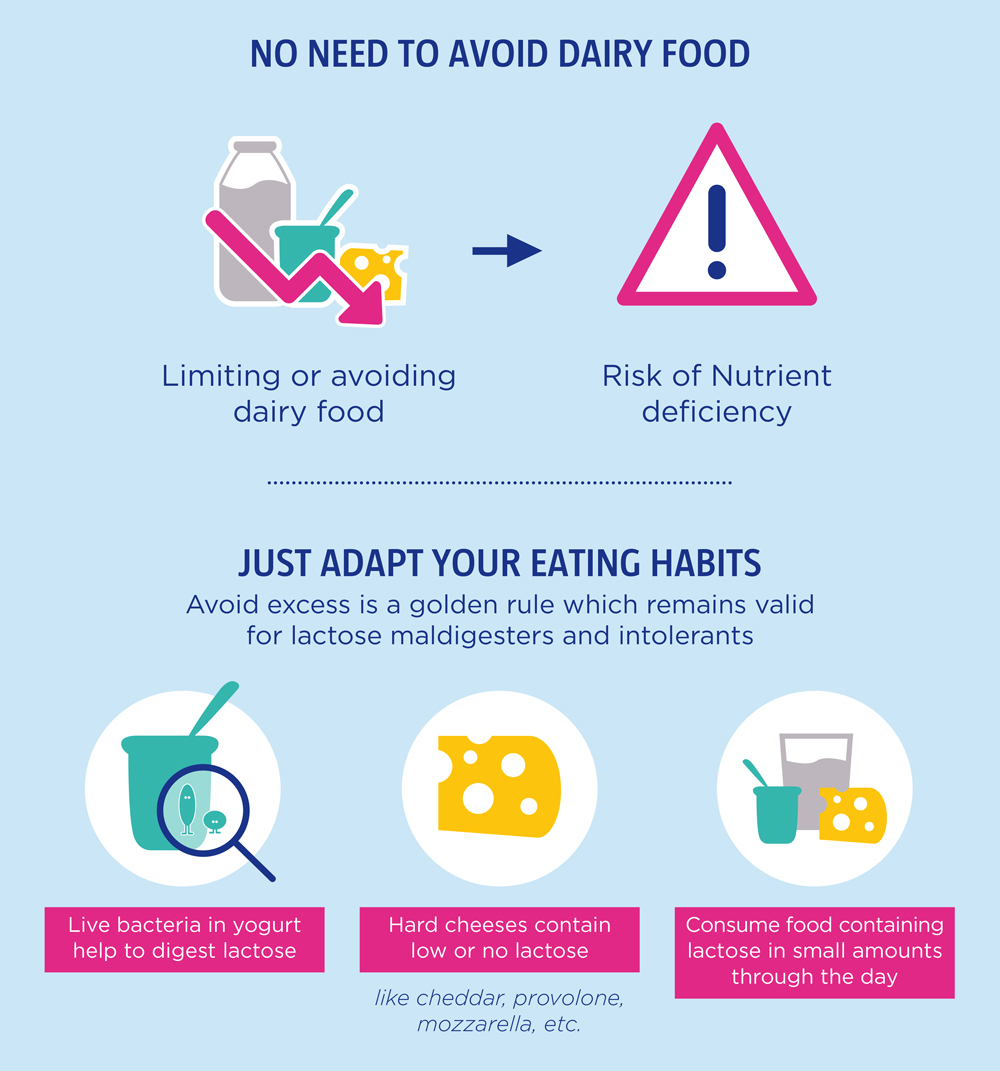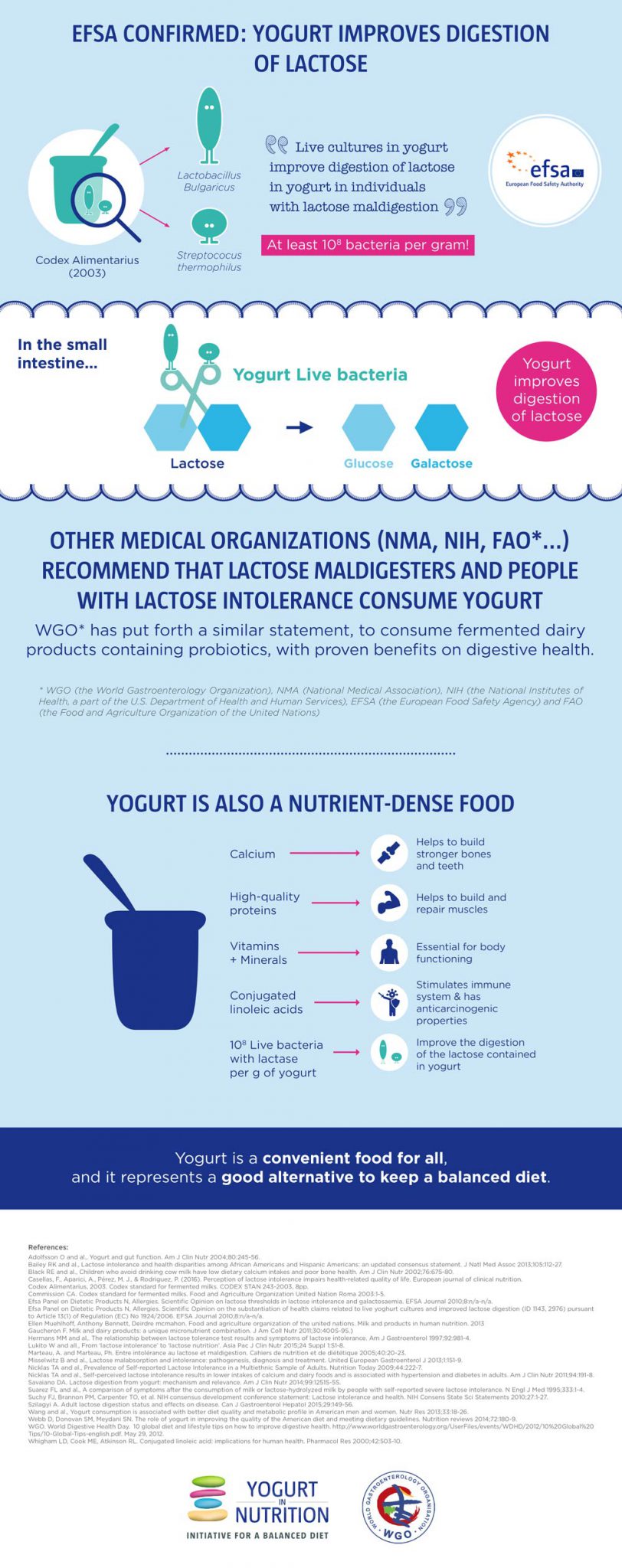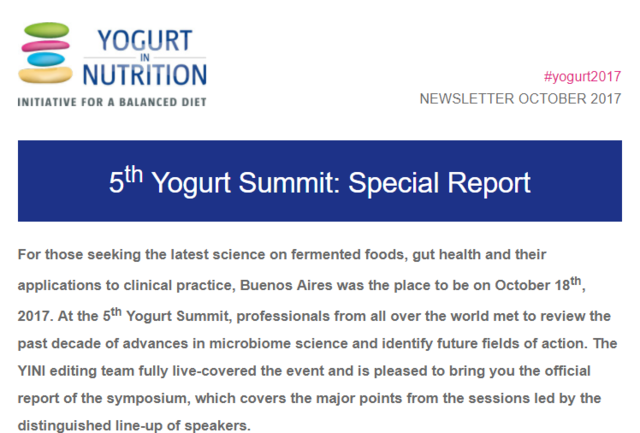During the 5th Yogurt Summit, held in Buenos Aires during ICN2017, Professor Sharon Donovan (University of California, Davis, USA) explained why gut microbiota are recognized today as the intersection between diet and health.
It is widely accepted that obesity and associated metabolic diseases, including type 2 diabetes, are intimately linked to the diet. However, gut microbiota have also become a focus for research at the intersection of diet and metabolic health, said Donovan by introducing her talk during the 5th Yogurt Summit, in the framework of the International Congress of Nutrition. A body of knowledge highlighted the role of the gut microbiota as a mediator of dietary impact on the host metabolic status. Efforts are now focusing on the establishment of causal relationships between diet, gut microbiota and health in people but also on the prospect of therapeutic interventions, such as personalized nutrition.
What are the functions of the microbiome for health maintenance?
Over the past ten years, the rapid development of next generation sequencing (NGS) technologies has had a major impact on the field of metagenomics. In fact, a specific microbiome can be qualitatively and quantitatively characterized in-depth, using NGS-based approaches without the selection bias and constraints associated with cultivation methods. These technologies are also being used in the Human Microbiome Project, of which the aim is to obtain a complete catalogue of the microbes living in the various districts of the human body and to define their functions. The discoveries are exciting! The human microbiome is essential for human health and body functioning: it intervenes in particular in modulation of bone-mass density, promotion of fat storage and angiogenesis, development and training of the immune system, biosynthesis of vitamins and amino-acids, resistance to pathogens, modification of the nervous system, appetite regulation… And these are the only known functions today. We begin to elucidate the enormous scientific and therapeutic potential of the human microbiome in almost all medical fields, commented Donovan.
Which diseases are linked to the microbiome?
What are the potential mechanisms linking microbiome and health? Gut microbiota contribute to the hydrolysis of complex polysaccharides from dietary fiber, and thereby might contribute to increasing energy harvest and to generating short-chain fatty acids (SCFAs) that affect the host’s metabolism in different ways. SCFAs might activate intestinal hormones that influences gut motility, increase intestinal transit rate, and reduce energy harvest from the diet. SCFAs might also increase insulin sensitivity, and induce satiety. Intestinal dysbiosis, which could be partly caused by “obesogenic” diets rich in saturated fats, may lead to the growth of potential pathogens (Gram-negative bacteria and derived lipopolysaccharide (LPS)) with pro-inflammatory effects in peripheral tissues. Obesity and diabetes represent therefore two examples of diseases mediated by interactions between the gut microbiota and the immune system with subsequent development of specific organ, autoimmunity and/or metabolic dysfunction.
Why is diet the main driver of gut microbiota?
Diet is probably the major factor driving the composition and metabolism of the gut microbiota. Dietary patterns (vegetarian diets, for example), specific nutrients and bioactive dietary components are all playing significant roles in shaping the gut microbiome. Microbiome composition, metagenome and metabolome are also associated with long-term dietary patterns. However, the short-term consumption of diets entirely composed of animal or plant products alters rapidly the microbial community structure and overwhelms inter-individual differences in microbial genes expression. For example, it has been shown that a high-fat diet adversely reduces A. muciniphila and Lactobacillus, which are both associated with healthy metabolic states. Sharon Donovan also showed how dietary intake of prebiotics positively impacts the gut microbiome, and how fermented food containing live microbial species, such as yogurt or fermented dairy products enriched with probiotics, could benefit gut microbiome and health. However, to date, yogurt has been relatively understudied in terms of effects on the microbiome.
Which other factors influence microbiome composition?
The current ‘omic era promises rapid progress towards understanding how the environment can modulate both the composition and metabolism of the gut microbiota, allowing researchers to provide informed advice that should improve long-term health status. From in utero variations to those that rapidly occur postpartum, our gut microbiome changes with age, environment, stress, diet, and health status as well as medication exposure (like antibiotics) or even geography. In turn, the gut microbiota composition and activity influence host metabolism and disease development. The changing of our gut microbiota across the lifespan is particularly important. Before birth, we’re all more or less “sterile”—we have no microbes. Within a few years, we’re covered in thousands of different species of microbes, and they colonize every millimeter of the body that’s exposed to the outside world. By the time we enter kindergarten, we have vastly different populations living in the different habitats around our bodies. Even as adults and into old age, our gut microbiota continue to shift.
What do we know about the microbiome?
What have we learned about microbiome during this decade of research with “omics”* based approaches? We now know that gut microbiota contain about 1000 different species of microorganisms, which encode much more genes than the human host (100 times more!). The microbiome is the collective genomes of the microbiota. The microbiome is diverse, represents all 3 domains of life (Microbes, Fungi, Archea) and its function is more highly conserved between sites than microbial composition. But despite this variability, some trends have been identified. Microbial populations differ more among body sites than between individuals. For example, the microbes living on the forearms of two different people tend to be more similar than the microbes on the forearm and ear of the same person. Besides, some species of bacteria only live in the gut, while others only live on the teeth, and so on. Last but not least, recent research in animals has shown the essential role of gut microbiota in normal gastrointestinal, immune, metabolic and cognitive development and function.
How did we study the microbiome?
According to Sharon Donovan, we have totally redefined what it means to be human after the Human Genome Project success, at the beginning of the 21st century. The scientific community agreed that the human gut bacteria community is a major challenge in medical research. As many of these gut bacteria could not be cultivated in a Petri dish in a lab, little is known about this huge community of microorganisms inhabiting our body. It began to be suspected they played a key role in health, but also in diseases. At that time, that is to say 10 years ago, the United States Institutes of Health decided to launch the Human Microbiome Project in which several biomedical research institutes took part. Almost at the same time in Europe, MetaHit was conceived, although unlike the American project, it focused on the link between microbiota and two more and more common diseases, obesity and type 2 diabetes.
Donovan concludes with the observation that if our knowledge of composition has rapidly expanded, our understanding of function remains limited. According to her, longer-term observational studies with detailed metadata and stool samples are needed, as well as prospective yogurt intervention to establish dose and mechanism of actions.
* Omics” refers to innovative technology platforms such as genetics, genomics, proteomics, and metabolomics. These recently developed techniques give us the ability to detect and identify many different molecules, including millions of molecule parts, that are present and expressed in the body. Molecules such as DNA, RNA, proteins, peptides, lipids and metabolites are detected and measured in different biological compartments such as whole blood, plasma and urine.



